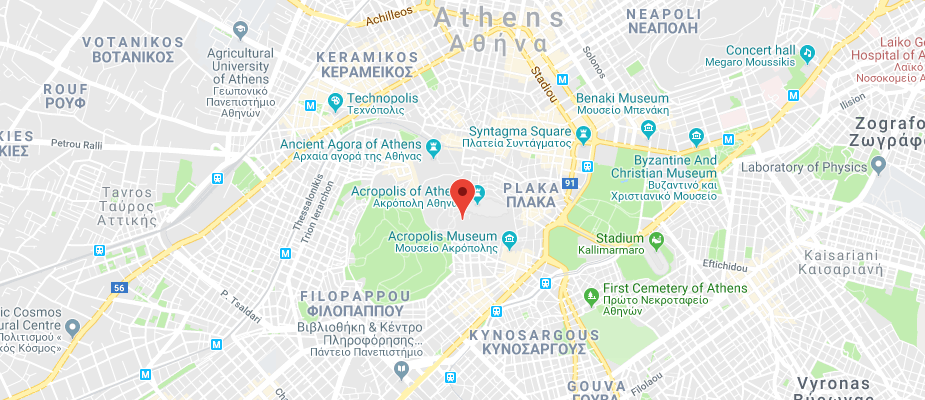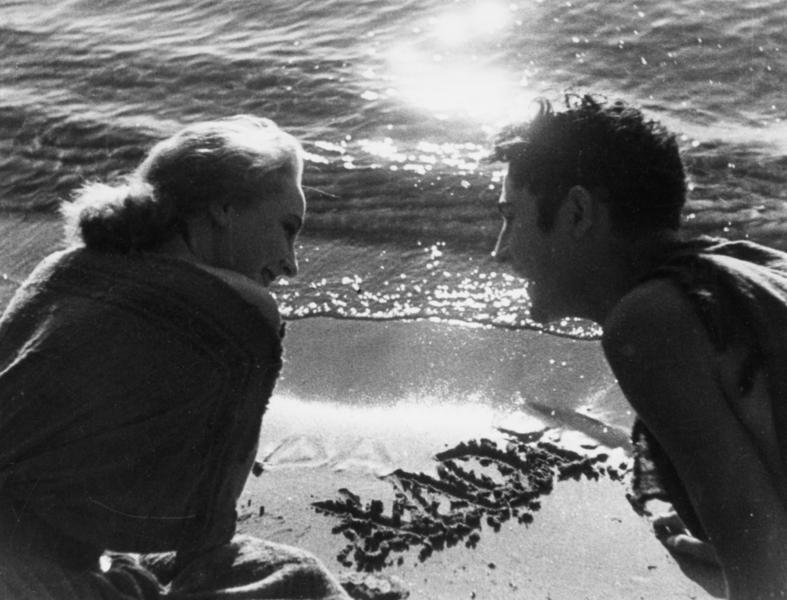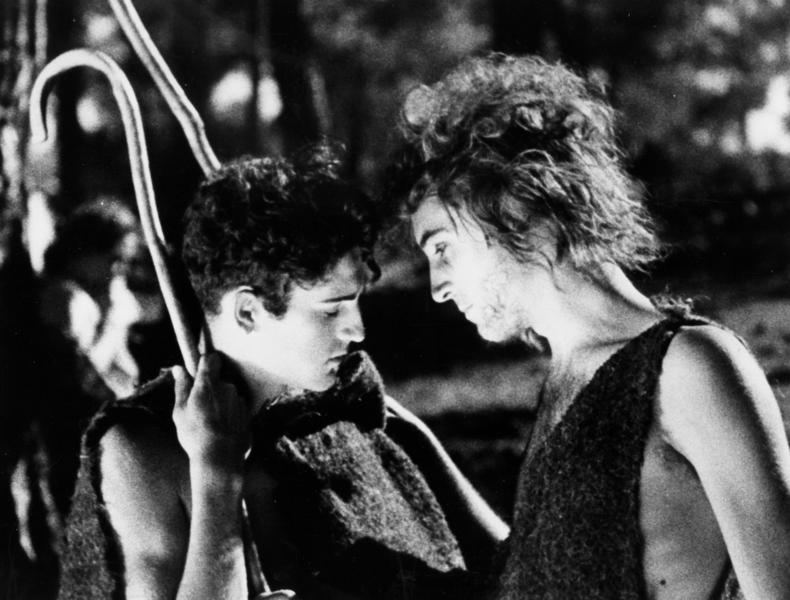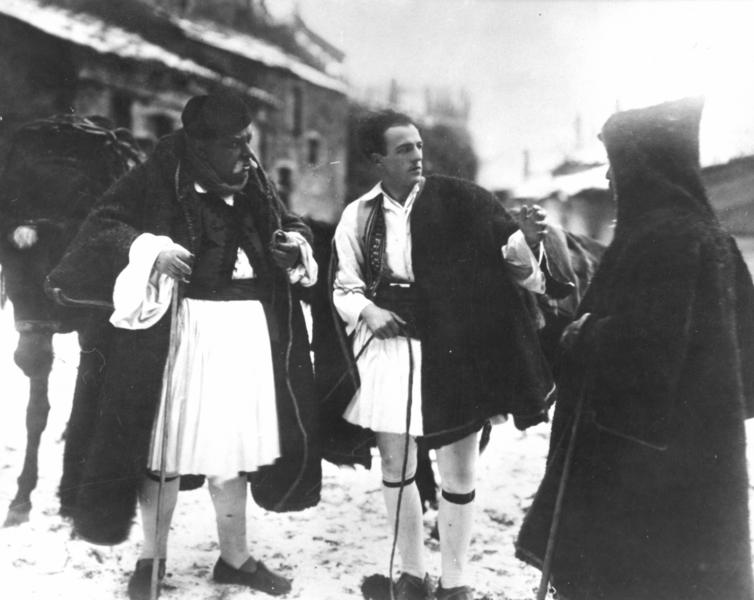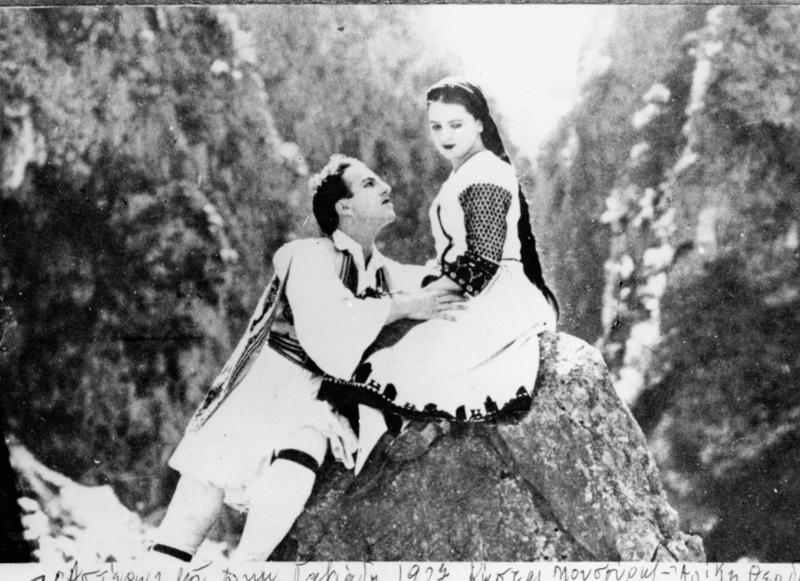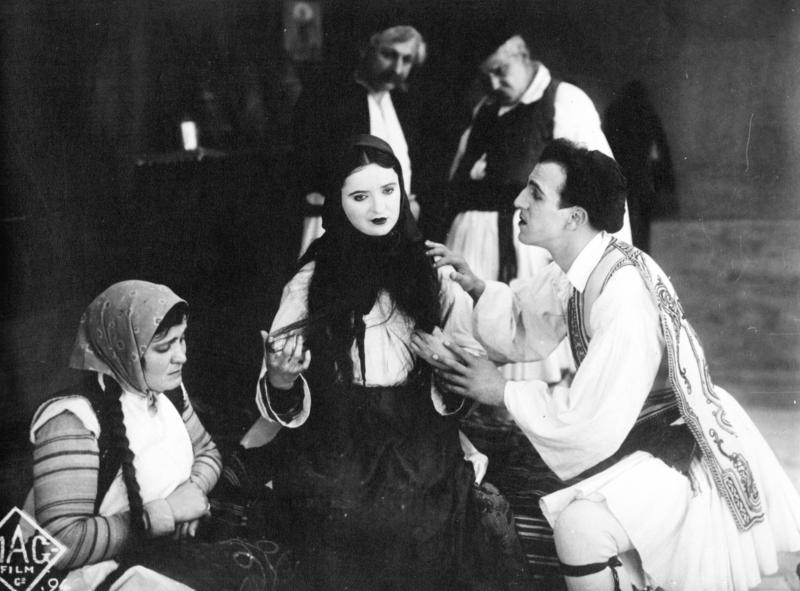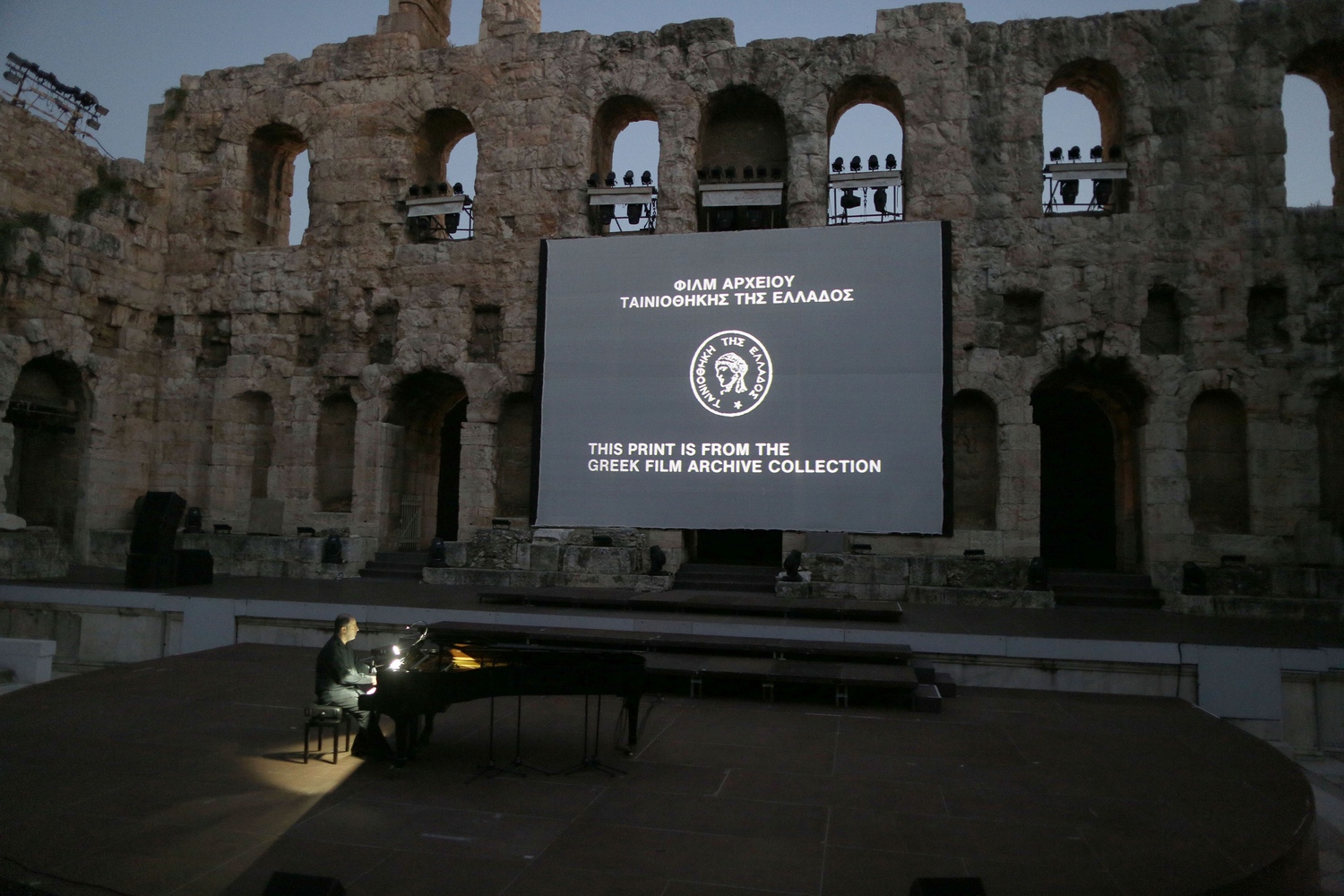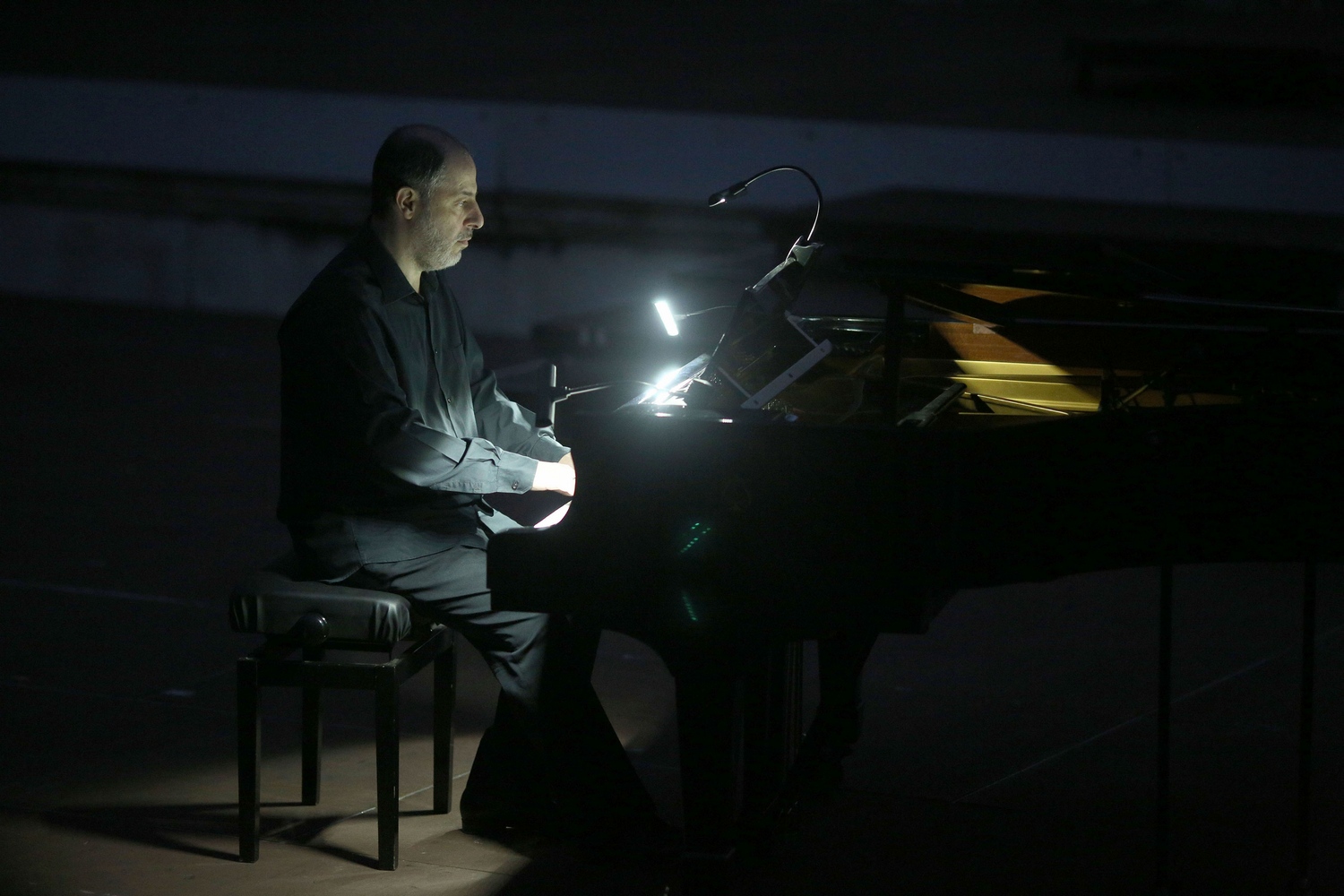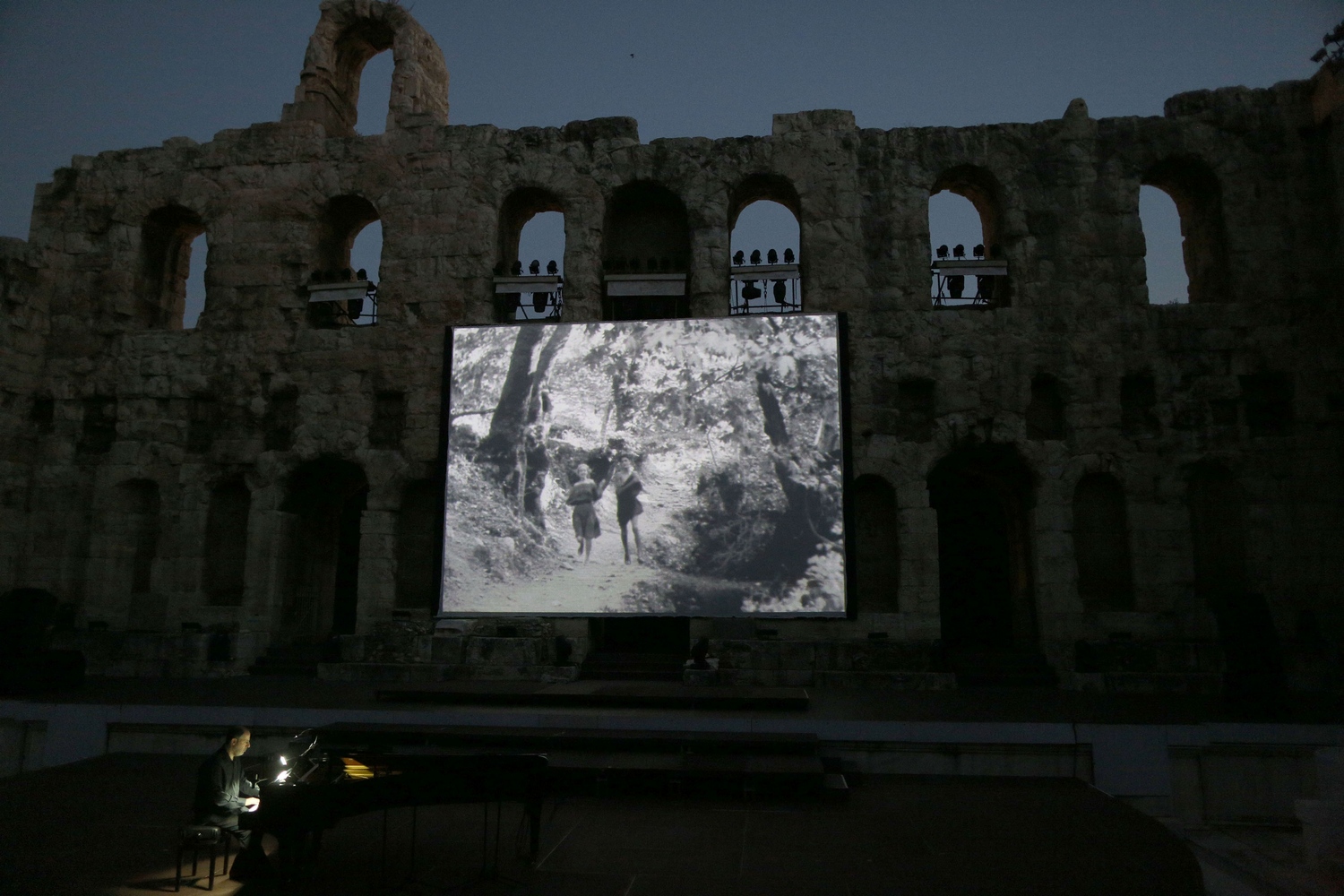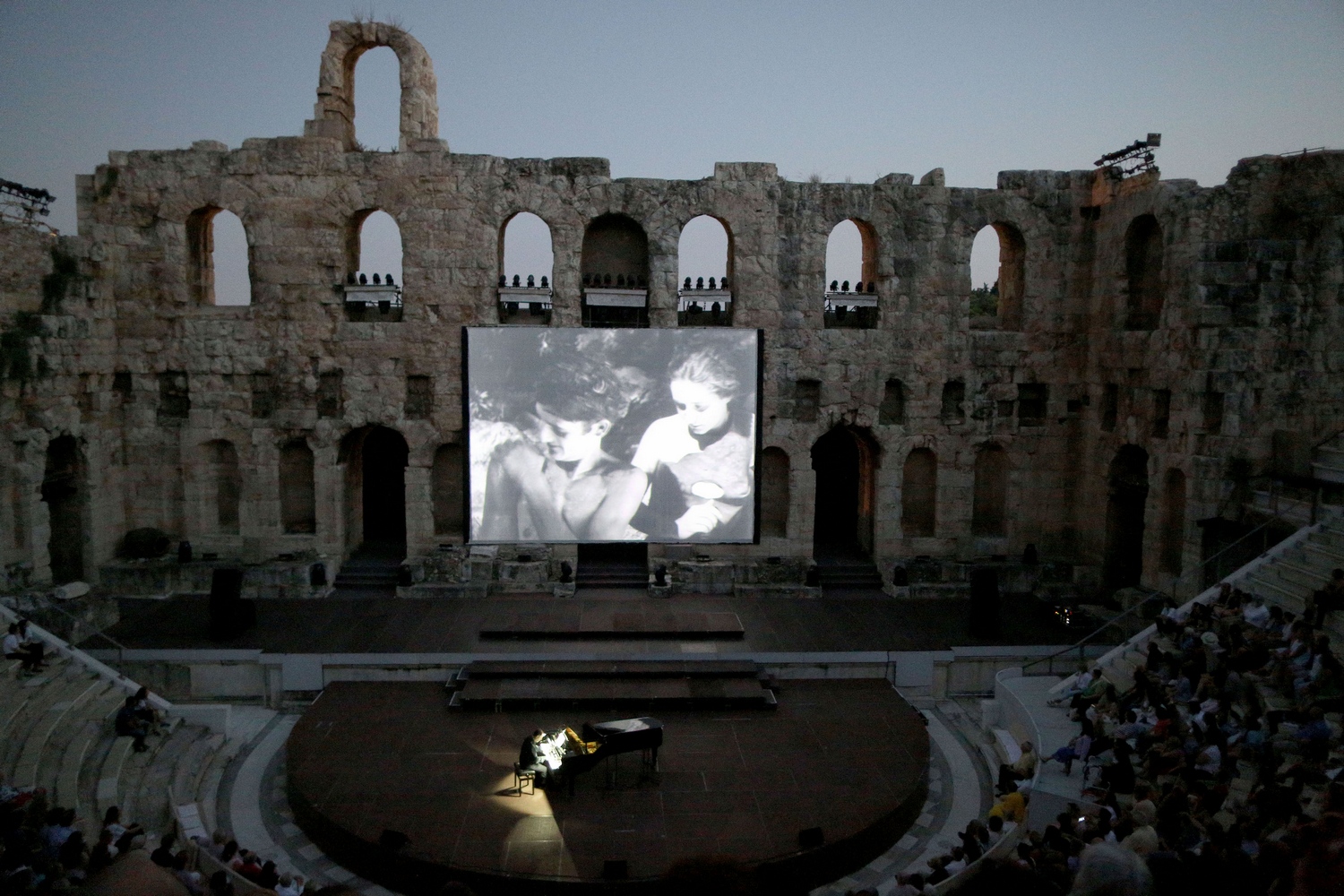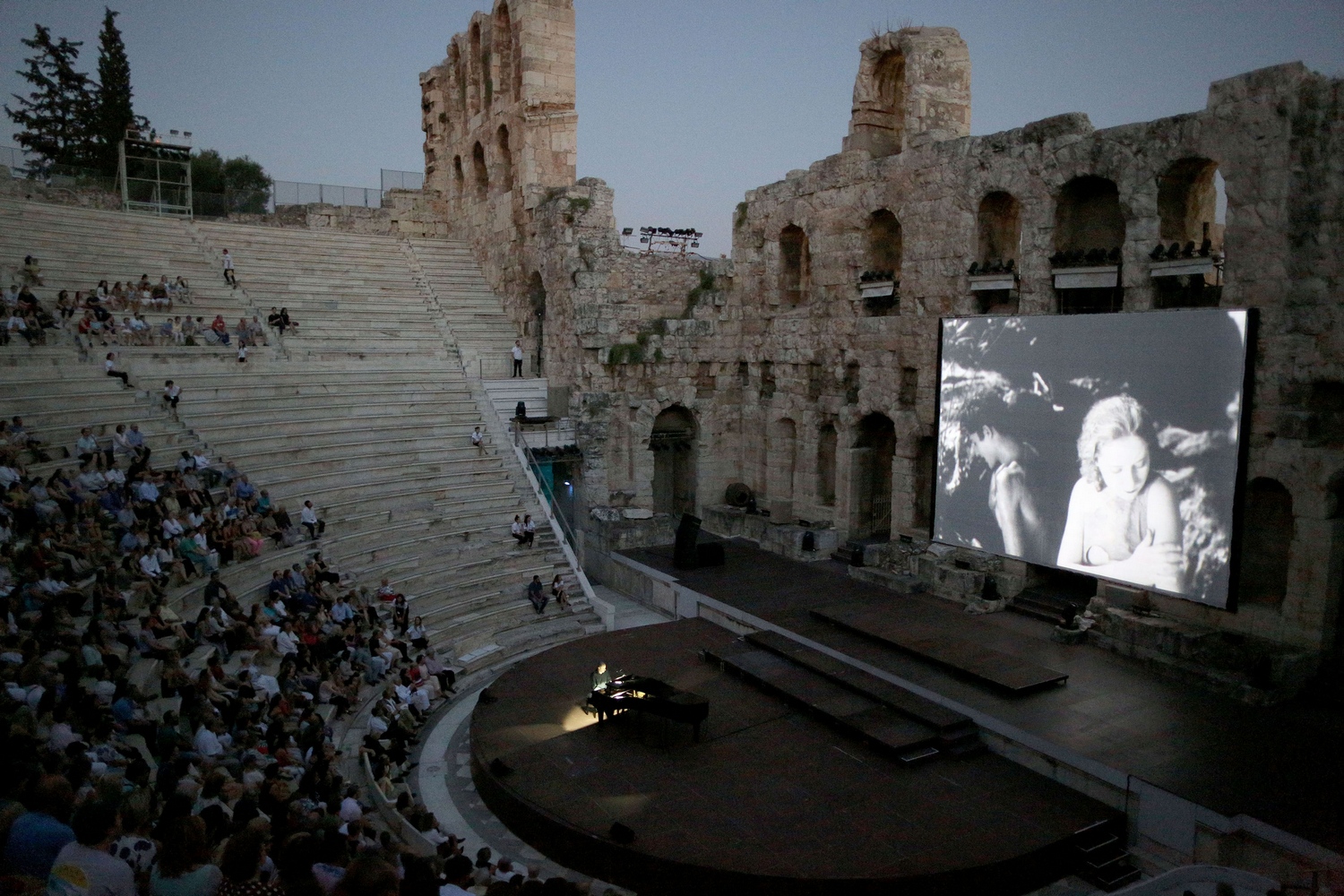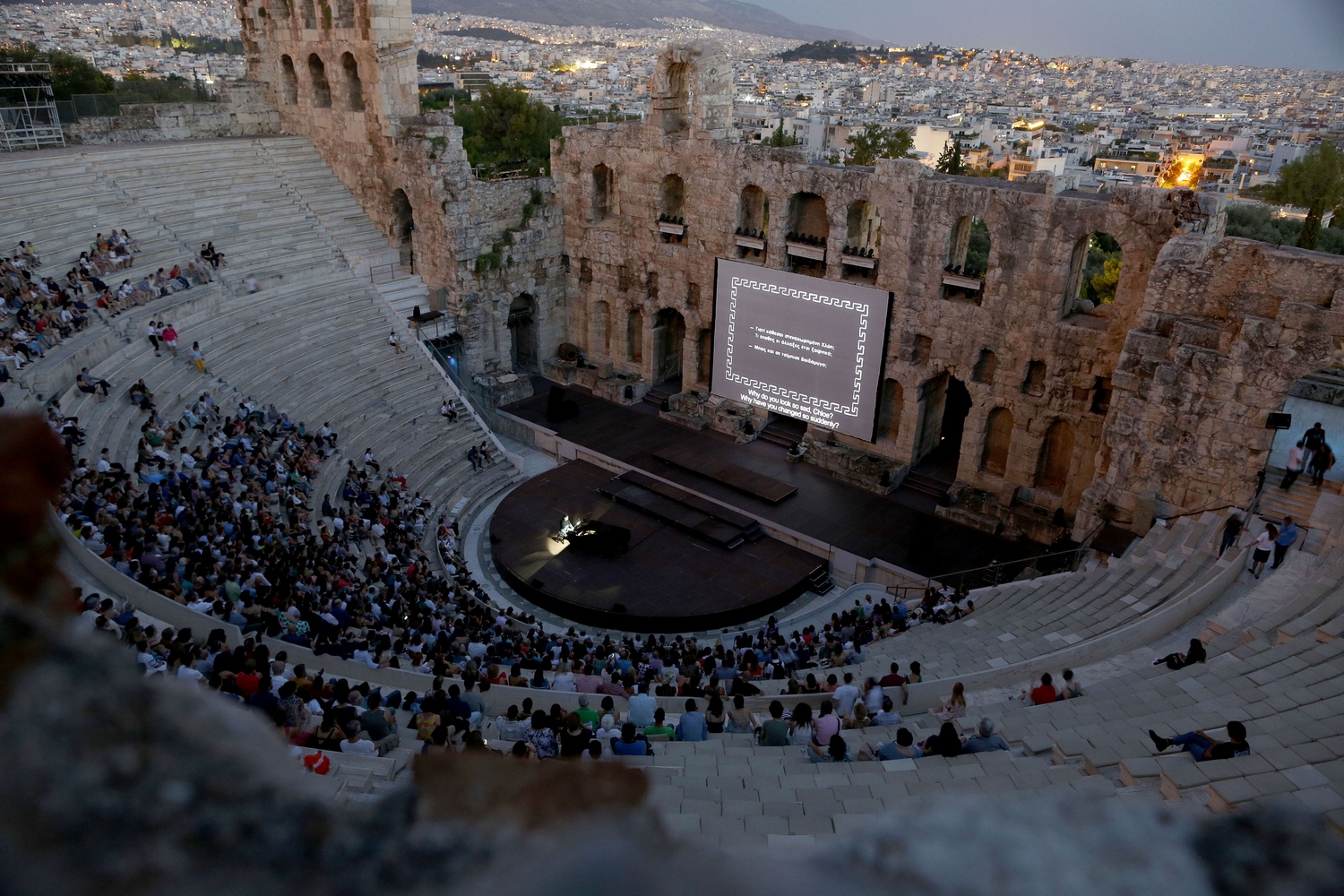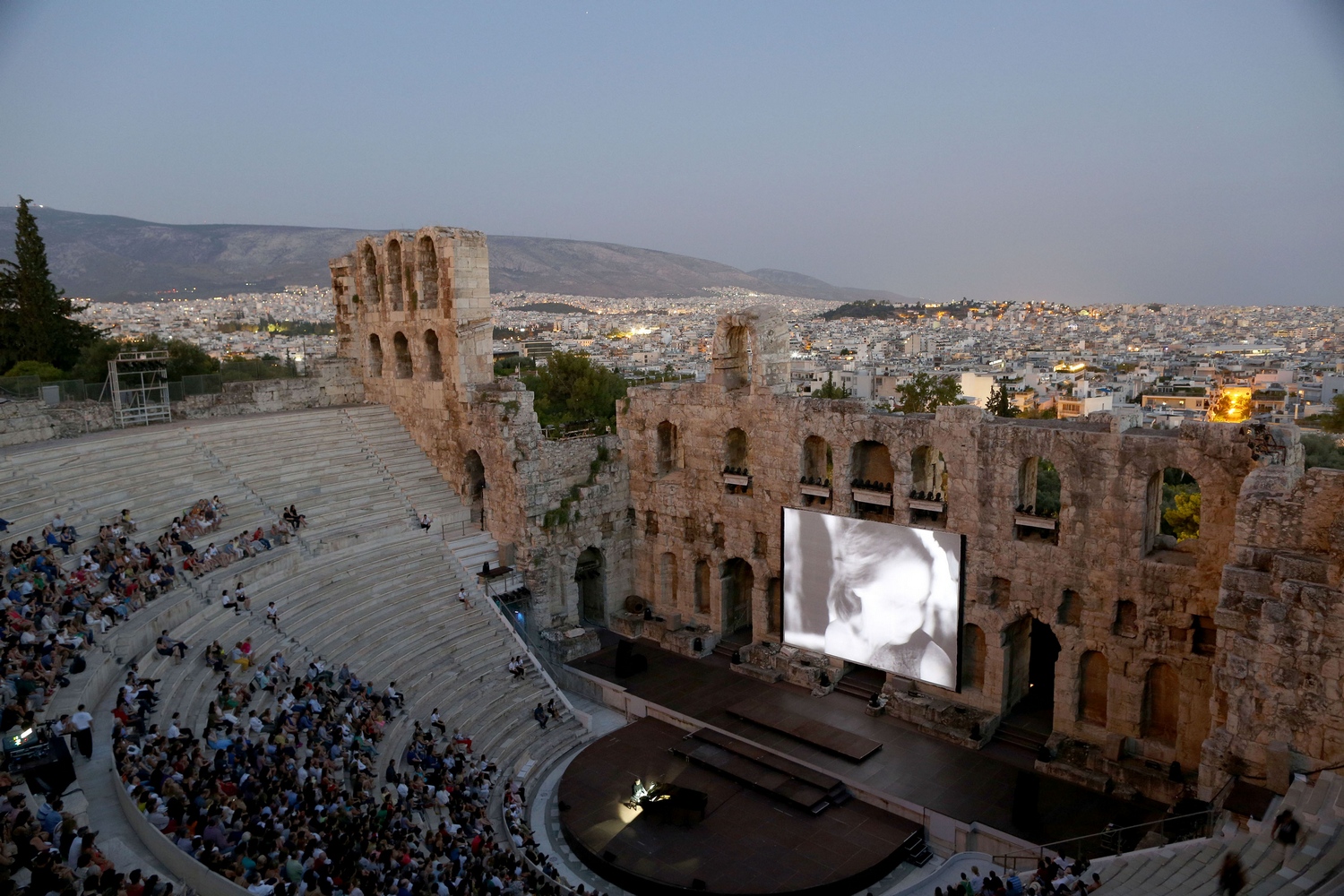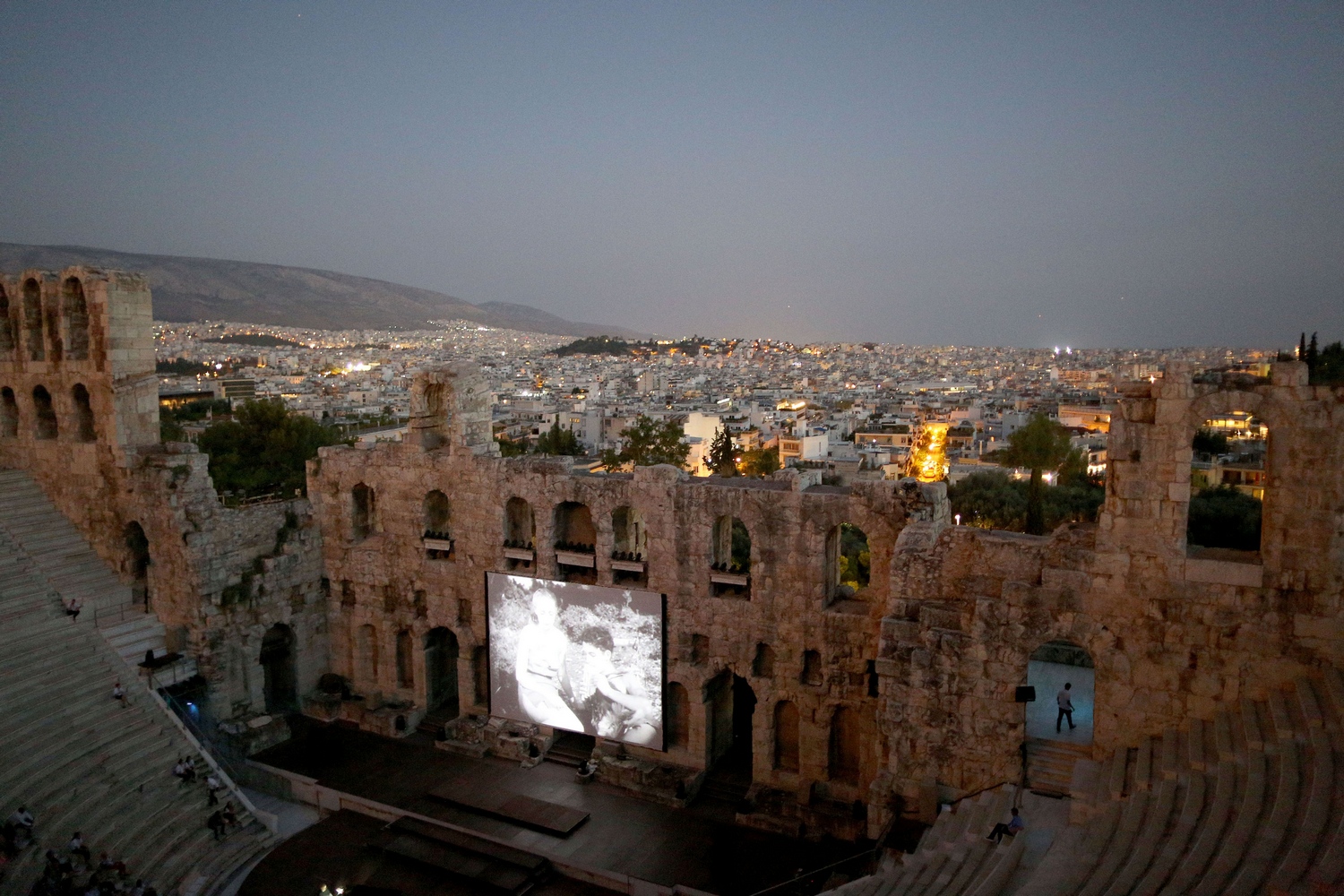Greek Film Archive
Daphnis and Chloe (1931) by Orestis Laskos / Astero (1929) by Dimitris Gaziadis
Original music - conduction: Filippos Tsalahouris
A screening of the early Greek films Daphnis and Chloe and Astero, restored by the Greek Film Archive, with original music by the accomplished composer Filippos Tsalahouris.
Daphnis and Chloe
The plot follows a pastoral romance between the title characters. The original, silent version of the film was successfully screened abroad, in Poland, Romania, Germany and USA. Two years after the end of WWII, Laskos also released a sound version. Cinematographer Dimitris Meravidis made use of panchromatic film – its first ever use in a Greek film – to clearly define the different shades of grey.
Filming took place entirely on location, on the island of Lesbos, with the exception of the famous swimming scene, which was shot at the Vouliagmeni lake. The heroine appears naked, exuding raw sensuality. The scene is also notable for being the first explicitly nude scene in the history of European cinema. In 1969, Laskos shot a remake.
Following research in Greece and abroad, the Greek Film Archive was able to restore the film’s original edition. The restoration was completed in 1992, under the guidance of the director himself, piecing the film together, frame by frame, as well as reconstructing the original title cards.
Astero
DAG Film's third production depicts the adventures of the title character, a lovelorn shepherdess, portrayed by a popular actress of the time, Aliki Theodoridou. Pavlos Nirvanas’ screenplay is loosely based on Helen Hunt Jackson’s novel Ramona, dealing with the forbidden love between two Native Americans (D. W. Griffith had adapted the novel to the big screen). Astero is set in a mountainous village, somewhere in the Peloponnese. The rich herdsman Mitros lives together with his wife Asimina, his son Thymios, and his ward, the maiden Astero. Thymios and Astero are in love with each other; however, Mitros arranges Astero’s marriage with the affluent herdsman Stamos. When Stamos gets killed and Astero is driven insane, Mitros, seeing his son wasting away, reveals to him that his entire fortune belongs rightfully to Astero and encourages him to marry her.
This new sub-genre, the ‘foustanella’ or ‘pastoral/bucolic adventure’ was extremely popular at the time; several pastoral films, both silent and talkies, followed in its footsteps. The idealization of Greek rural life provided an escape from the harsh reality of everyday life. Back then, Greek intellectuals had not yet focused on urban proletariat. Films of that era adapted melodramatic motifs and pastoral themes of international plays and films. In January 1944, a sound version of Astero, with a soundtrack by Yiannis Vidalis, was released in theatres. In 1959, Dinos Demopoulos shot a well-known remake, starring Aliki Vougioulaki in one of her earliest film roles.
The restoration of Astero was based on a print with French intertitles, discovered at the Cinémathèque Française in 2003, thanks to the EU-funded programme Lumiere, which since 1993 has been rediscovering lost films in the archives of countries across the globe. The restoration of the only surviving copy of the film is the result of a collaboration between the Greek Film Archive and the Cinémathèque Française.
Related Events
Odeon of Herodes Atticus
- 14/07/2018 at 21:00
all events
Opera | Cinema | Greek Music | Music | Theatre | grape | subset | Dance | Education | Αναβίωση | Διεθνής Συμπαραγωγή | Classical music | Performance | Contemporary music | Talks | Contemporary Ancients | Premiere | Greek Debut







